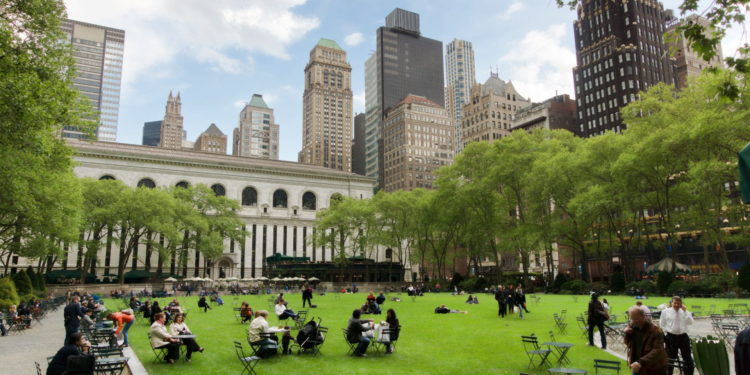Open spaces play a critical role in sustainable urban design, providing numerous environmental, social, and economic benefits that contribute to the overall well-being of city residents. As urban populations continue to grow, the integration of green areas such as parks, community gardens, and green rooftops becomes essential for creating livable and resilient cities.
Environmental benefits:
Open spaces serve as the lungs of a city. They help to mitigate urban heat islands by providing shade and cooling, thereby reducing the need for air conditioning and lowering energy consumption. Green spaces also improve air quality by filtering pollutants and producing oxygen. Moreover, they enhance biodiversity by providing habitats for various species, which is crucial for maintaining ecological balance.
Social benefits:
Open spaces offer significant benefits by enhancing the quality of life for urban dwellers. They provide areas for recreation, relaxation, and social interaction, which can improve mental and physical health. Access to nature has been shown to reduce stress, increase physical activity, and foster a sense of community. In densely populated urban areas, these green sanctuaries become vital for residents seeking respite from the hustle and bustle of city life.
Economic benefits:
Well-maintained open spaces can increase property values and attract tourism, thereby boosting local economies. They also offer cost-effective solutions for stormwater management, reducing the need for expensive infrastructure by allowing natural water absorption and reducing flood risks. Additionally, community gardens and urban agriculture can promote local food production, enhancing food security and reducing the carbon footprint associated with transporting food over long distances.
Open spaces are a crucial element of sustainable urban design. They provide essential environmental services, improve social well-being, and offer economic advantages. As cities continue to expand, the deliberate inclusion and preservation of green areas will be crucial for creating sustainable, healthy, and vibrant urban environments.


















